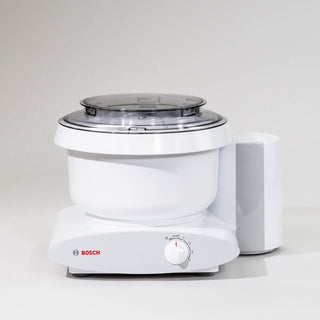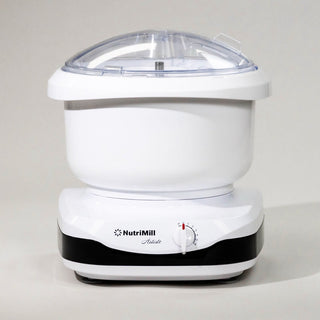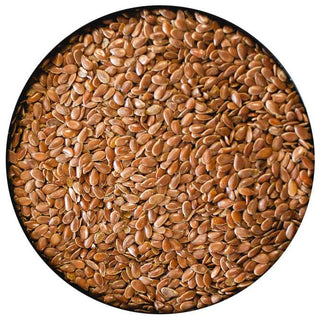Organic Brown Flax Seeds
- Unit price
- / per
Organic Brown Flax Seeds
- Unit price
- / per
Description
Brown Flax Seeds
Product of Canada
Flax seeds are small oil seeds that originated in the Middle East thousands of years ago. Lately, they have gained popularity as a health food. This is due to their high content of heart-healthy omega-3 fats, fiber, and other unique plant compounds.
Flax seeds have been linked to health benefits, such as improved digestion and a reduced risk of heart disease, type 2 diabetes, and cancer. They’re easily incorporated into your diet — grinding them is the best way to make the most of their health benefits.
Flax seeds are usually brown or yellow. They’re sold whole, ground/milled, or roasted — and are often processed into flaxseed oil.
Why Flax seeds:
- Flax Seeds Are Loaded With Nutrients
- Flax Seeds Are High in Omega-3 Fats
- Flax Seeds Are a Rich Source of Lignans
- Flax Seeds Are Rich in Dietary Fiber
- They Contain High-Quality Protein
Golden vs Brown Flax Seeds
Golden flax seeds and brown flax seeds are both varieties of the same plant, but they have some key differences worth noting. Golden flax seeds, also known as yellow flax seeds, are slightly lighter in color and have a milder flavor compared to brown flax seeds. On the other hand, brown flax seeds are more commonly found in stores and have a nuttier taste.
In terms of nutritional content, both golden and brown flax seeds are excellent sources of omega-3 fatty acids, fiber, and lignans. However, some studies suggest that brown flax seeds may have higher levels of certain nutrients compared to golden flax seeds.
When it comes to appearance, golden flax seeds are often preferred for their decorative look in dishes, while brown flax seeds are more commonly used in cooking and baking. Ultimately, the choice between golden and brown flax seeds comes down to personal preference and intended use, as both varieties offer a range of health benefits and culinary versatility.
Cooking Instructions
Toast the whole seeds for 5 to 7 minutes if you want them to have a nuttier flavor. Pour whole flax seeds into a dry skillet and turn the burner to medium heat. Stir the flax seeds occasionally as they toast and give off a nutty smell. If you'd rather toast them in the oven, spread them on a dry sheet and roast them at 375 °F (191 °C) for 5 to 10 minutes.
Toast the seeds in small batches, since toasted flax seeds won't keep as long as raw flax seeds. Try to use the toasted flax seeds immediately.
Storage
Keep your flaxseeds fresher longer by keeping them in an airtight container. Whole or ground, it's not required to be stored in the fridge. A cool, dark pantry should be fine. Though just as storing nuts in the fridge increases their shelf life, the same goes for flaxseeds and flaxseed meal. Flaxseeds will last up to a year when stored in the fridge or freezer.
Disclaimer: This information is for educational purposes only. It is not intended to diagnose, treat, cure, or prevent any disease. This product has been packaged in the same facility as wheat, tree nuts, barley, and other potential allergens.
Adding product to your cart








